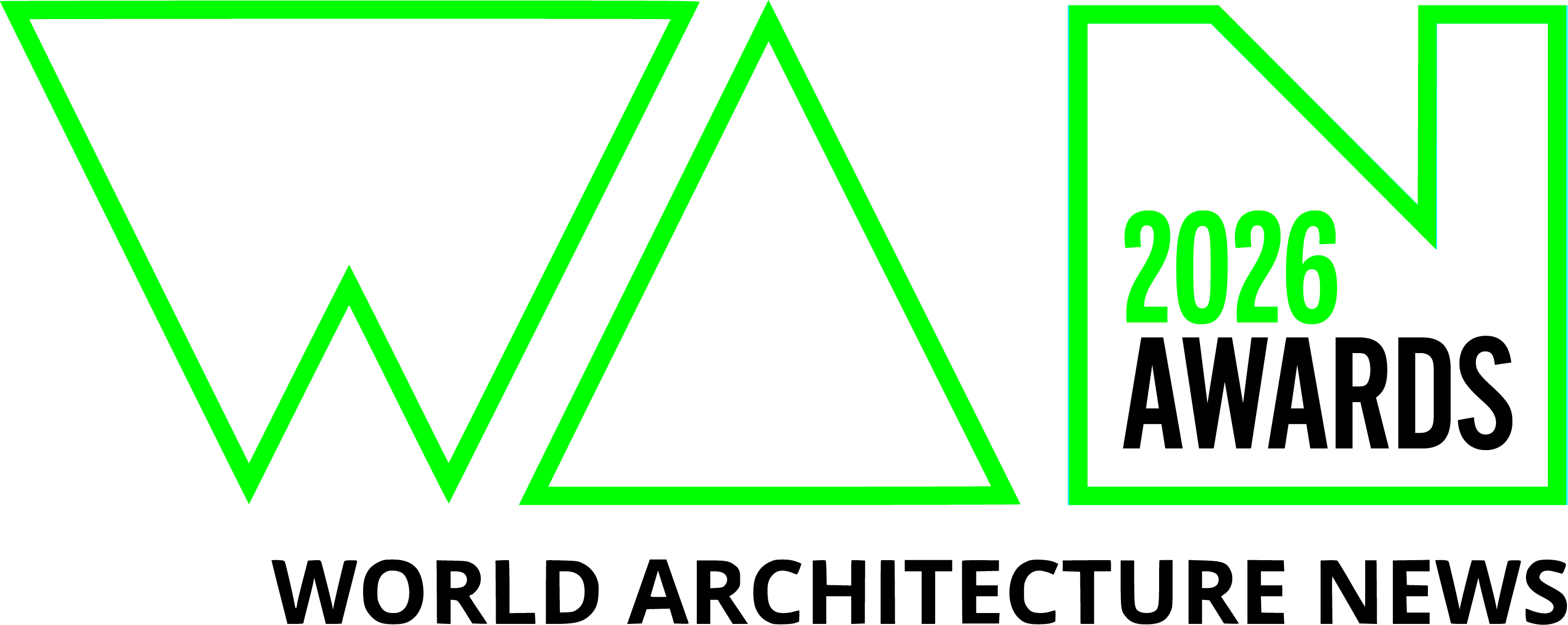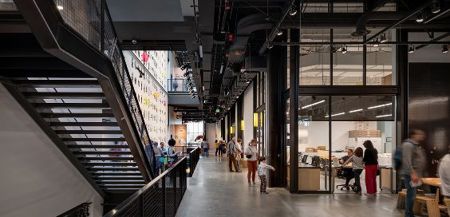

The Burke Museum
Olson Kundig
Revising the guest experience of its previous building—where many items were stored unseen in the basement—the new Burke Museum breaks down traditional barriers between public and “back-of-house” spaces, turning the museum inside-out. Integrating collections and research labs with galleries enables visitors to engage with the process of scientific discovery in a true working museum. Porous edges, including a 24-foot-by-20-foot pivoting window wall extend this transparency, opening the Burke to a new outdoor courtyard and flexible gathering space. The architecture of the Burke Museum merges a simple form with intuitive functional organization. Efficient floor plans provide 66% more area for research and display of the museum’s artifacts, with controlled areas for sensitive pieces or items not available for public view. Each space is designed for flexibility, allowing the museum to adjust to its changing inventory over time. The building’s exterior centers the Burke Museum within its cultural and environmental context. The Burke’s sloping roofline follows the site topography, linking the building to the surrounding landscape. Tall, narrow windows echo the straight vertical lines of cedar and fir forests across the Pacific Northwest, framed by highly sustainable Kebony siding. This product will silver over time, referencing similar applications of natural cedar throughout indigenous communities.